Features of floor insulation along the logs
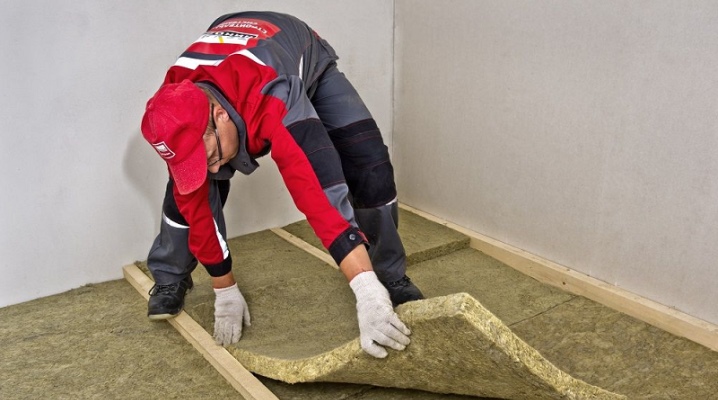
The level of comfort in a home largely depends on the temperature regime. Any home should be warm enough. Qualitatively selected and installed thermal insulation can reduce overall heat loss by about 25%. If the floors are not insulated, then wall insulation will be useless. In today's article we will consider the features of floor insulation along the logs.
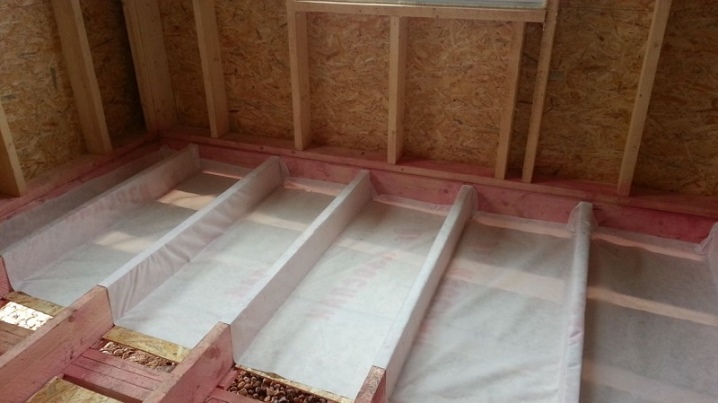
What kind of insulation to choose?
If it is planned to insulate the floor along the logs, it is necessary to choose the most suitable and high-quality insulation material. Today's buyers have a wide variety of similar products to choose from. Thermal insulators such as mineral wool, penoplex, expanded polystyrene or good old expanded clay with sawdust are very popular. We will learn about the characteristics and features of each option.
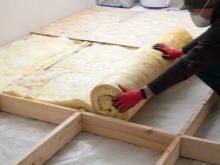

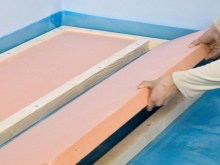
Sawdust
Wood sawdust is an inexpensive and environmentally friendly material. Such insulation is perfect for various dwellings. It is this option that is often laid in a private wooden house. Sawdust is not capricious in laying. They are simply poured onto rough floors, partially tamping them. You don't have to use any construction tricks.
The main disadvantage of the considered insulation is its high flammability and fragility. In addition, the thermal conductivity of the same expanded clay turns out to be more effective.
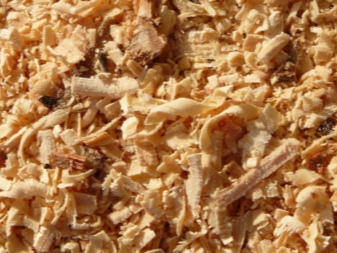

Expanded clay
This insulating material is also characterized by environmental friendliness. It is very popular when it comes to insulating floors in the house. Expanded clay is inexpensive, therefore, its characteristics are rather mediocre. With a relatively cheap price for a heat insulator and a thermal conductivity of 0.1 W / m * K, expanded clay has a number of significant advantages:
- this material is absolutely environmentally friendly;
- it is free-flowing, therefore it turns out to be elementary in installation;
- expanded clay is a fireproof material that does not burn at all;
- not subject to decay;
- expanded clay granules are characterized by a good level of strength.
However, it should be borne in mind that even under the condition of porosity of expanded clay, its very base turns out to be rigid, therefore it can not only absorb cold, but also give it away.
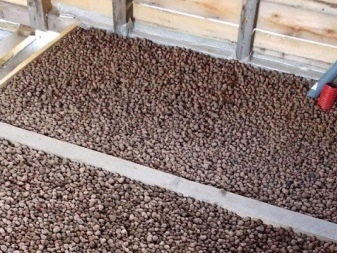
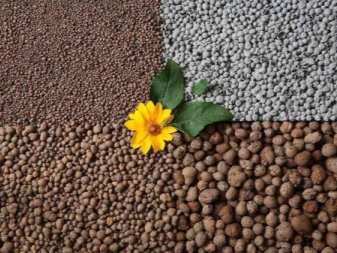
Minvata
One of the most popular and common types of insulation, which is ideal for floor insulation. A similar option can be used for any surfaces in the house, for bases made of wood, concrete, brick and others. It can be not only the floor, but also the ceiling or wall foundations. Mineral wool can be made from basalt, stone chips, slag and other industrial waste.
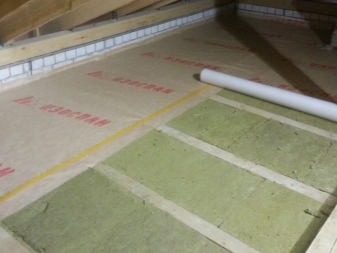
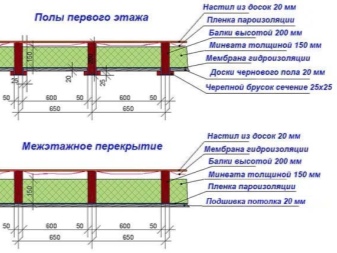
Minvata is capable of absorbing noise very well. It is reliable and durable. If the material is of high quality and installed correctly, then it can easily serve for several decades. Mineral wool is not subject to chemical, mechanical or thermal effects. With its help, you can effectively protect your home from the cold. But it must be borne in mind that the material does not tolerate dampness, since under its influence it loses its initial positive characteristics.
When installing mineral wool, a good vapor barrier should be provided.
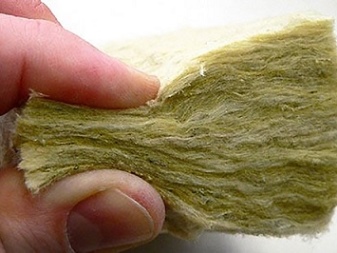

Glass wool
Modern insulating material, which was replaced by mineral wool. Glass wool is produced from glass production waste. It can be in the form of slabs with different dimensions and thicknesses. Glass wool is a safe and environmentally friendly material, which contains no toxic additives and impurities.
This insulation is not subject to combustion, it is fire resistant. The products in question are made durable, have a low thermal conductivity. The main disadvantage of glass wool lies in its high cost compared to other heaters.
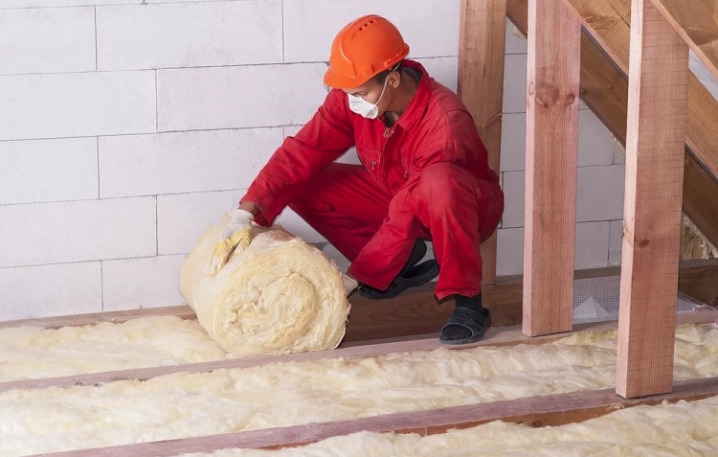
Penoplex
Another modern material that is obtained after the extrusion operation. Penoplex is a foamed polystyrene foam. In terms of its technical characteristics and thermal conductivity parameters, this material is ahead of insulation wool. Penoplex is characterized by the following advantages:
- demonstrates low rates of moisture absorption;
- is highly durable and reliable;
- has a low level of density.
The main disadvantage of foam is that sometimes it can show poor vapor permeability. If the room has good ventilation, then this problem is not serious.
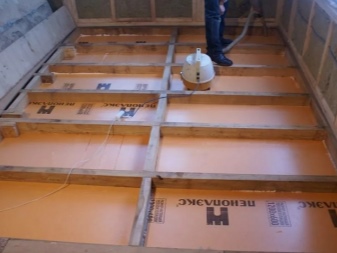

Ecowool
For thermal insulation of floors on logs, a product such as ecowool is also suitable. Such insulation is a more expensive analogue of glass wool and mineral wool. The main advantage of ecowool lies in its environmental friendliness. The material is characterized by low thermal conductivity parameters and does not attract rodents.
An important advantage of ecowool is that it provokes a violent allergic reaction in mice and rats. Because of this, such pests cannot equip holes in the considered insulation, slowly destroying it.
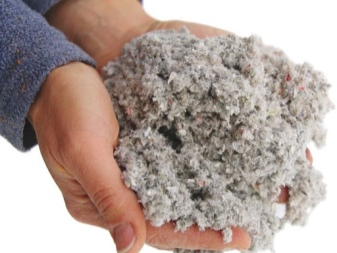
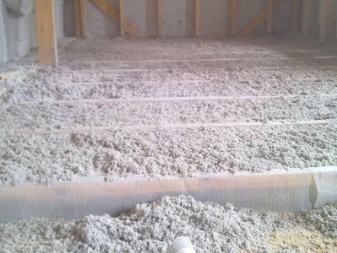
Expanded polystyrene
The characteristics of expanded polystyrene are not inferior to the characteristics of the above-discussed foam. The insulation under consideration differs in that it is made not from foamed plastic, but from pressed particles of polystyrene. If you look closely, you will notice that the structure of the product is made up of very small balls. In a piece of simple foam, they will be large - up to 5 mm in diameter, and in extruded polystyrene foam - up to 0.1 mm.
Styrofoam is more difficult to cut. Upon completion of the manipulation of its installation, as a rule, there is a lot of debris and waste that is not easy to remove due to their electrification.
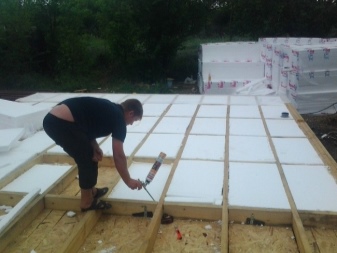
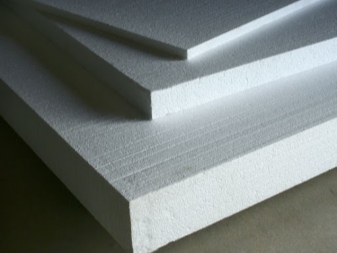
How to insulate correctly?
After choosing a suitable insulation material, you will need to properly install it. We will find out how the floor insulation is carried out along the logs.
- First, the wooden elements must be checked for damage. If there are any, they need to be eliminated. Replacement of wooden parts is possible, but if new floors are planned, this will not be necessary.
- After that, you can proceed with the installation of the insulating material. Regardless of its type, the subfloor is waterproofed first. Often it is also assembled from boards, much less often a soil base is found. In the latter version, the beams are attached to the walls of the building, as well as to the ground by means of special supporting elements.
- Checking the status of all components, you can proceed to the installation of the thermal insulation layer itself.
- It is necessary to form the inner layer of waterproofing using special mixtures. Bitumen mastic with polymer components in the composition is ideal. Both the inside and outside of the deck should be treated.
- It is not recommended to use roll materials. During operation, condensation may collect between the boards and the film, which will then be absorbed by the wood.
- The next step is to install the lag. If the supporting wooden elements have not yet been fixed, they must also be coated with waterproofing compounds. In the course of installation work, it is imperative to observe a suitable gap between the lags. It depends on the span width, as well as the dimensions of the beams to be mounted.
- If the installation is carried out on a brick or concrete wall, then it is necessary to equip the sections of the ligament of the lag and the supporting structures of the building. For this, a roll-up waterproofing material, for example, roofing felt, is ideal. After completing the installation, you can proceed directly to the insulation.
- The choice of installation of insulation largely depends on its specific type. If the material is rolled, then it is enough to lay it on the surface of the subfloors. Do not leave large gaps between the layers.
- If loose materials are used, for example, expanded clay, then it must be pre-prepared. For this, the components of different fractions are mixed, after which the areas between the lags are evenly filled.
- The final layer of this cake is the base coat. Before installing it, it is imperative to equip an air gap between it and the heat-insulating coating. To do this, you can put wooden slats on the surface of the beams. By means of such components, it will be possible to form the necessary ventilation voids necessary for the removal of moisture. In addition, wooden slats will allow you to well level the finished floor surface.
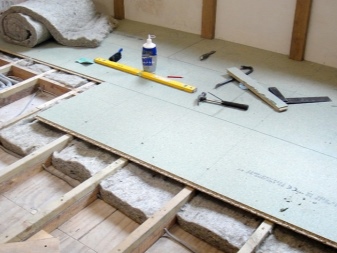

Reinforced version of insulation
According to this scheme, before installing the lag, it is necessary to plan the soil, insulate it with a lower layer. In the role of insulating material for the first layer, it is allowed to use expanded clay concrete, molten expanded clay, expanded polystyrene, penoplex.
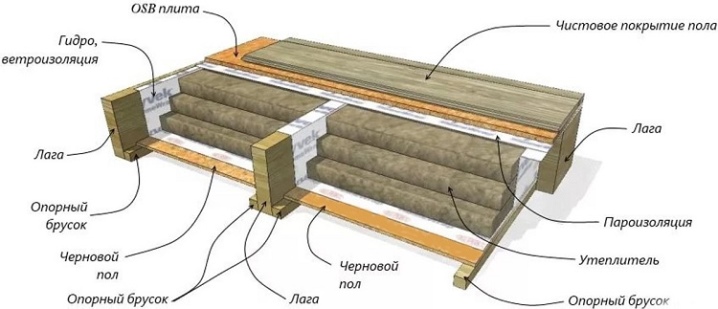
On top of these components, lags are installed. The gaps between them are filled with insulation - penoplex or any kind of cotton wool will do. You can turn to double waterproofing.

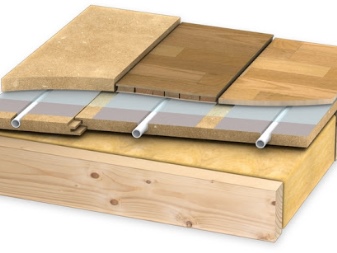









The comment was sent successfully.